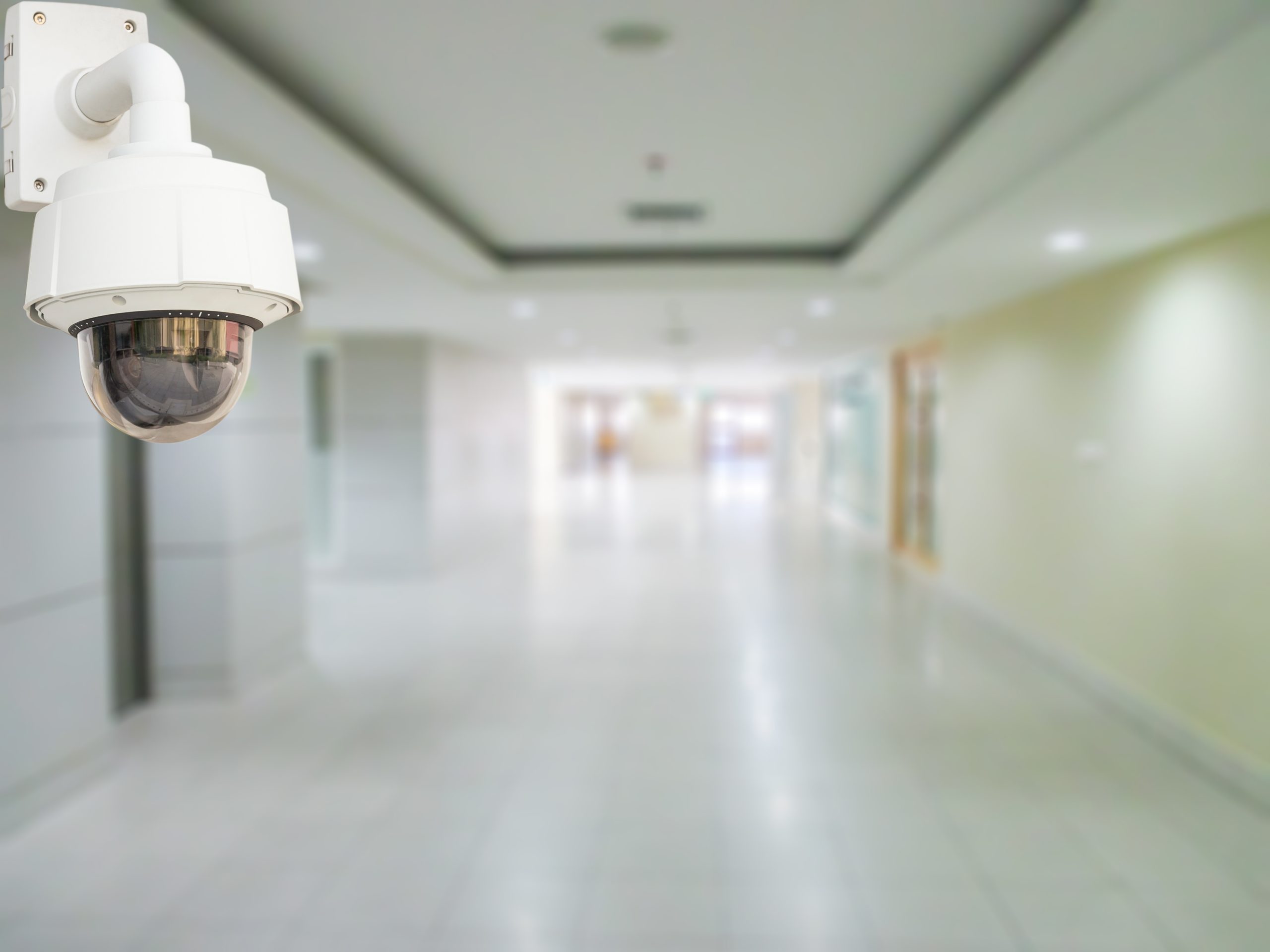The Impressive ROI of Smart Technology


While smart technology can be a lifesaver, many companies have yet to adopt it because they think it will take too long to see a positive ROI and the return they do see won’t even be worth it.
Research shows the contrary, however.
A study conducted by Stanford University explored the potential benefits of investing in smart visual collaboration solutions for architecture, engineering and construction professionals. Two businesses in particular, a design firm and a general contracting company, had remarkably impressive results:
- Not only did the design firm recoup its initial investment within seven weeks following implementation, but it also reported an estimated annual savings of $300,000.
- In the case of the general contracting business, it took merely one week to receive payback on the investment. On top of that, the organization calculated its annual estimated savings to be $3 million.
Simply put, investing in smart technology is, in the words of energy trade publication Environmental Leader, a “no-brainer.”
Here are three examples of the impressive ROI boosters smart technology offers.
 1. Energy Conservation
1. Energy Conservation
Energy cost worldwide has been on the rise. In fact, in April of this year seven major energy suppliers announced a price hike, with some increasing prices by as much as 10 percent. The International Energy Agency (IEA) also recently predicted that the world should expect energy prices to keep going up—especially if current global energy policies are retained.
While there are plenty of non-digital ways to improve energy efficiency—updating old insulation, installing double-pane windows and replacing incandescent light bulbs with LED bulbs, for example—there are also several cutting-edge methods for saving energy:
- A smart thermostat adjusts the office temperature based on outside weather conditions and seasonal changes so the workplace isn’t being heated when it’s an uncharacteristic 80 degrees in January
- Smart blinds change how much of a window is covered based on its location on the building as well as the time of day and season of the year, preventing employees from having to crank up the A/C because they’re baking in the sun
- A smart lighting system uses occupancy sensor to ensure the lights are only on in areas where employees currently are
 2. Better Facility Security
2. Better Facility Security
If you think smart technology is expensive, consider the cost of a break in at your office.
According to the FBI’s Uniform Crime Reporting (UCR) Program, a burglary occurs every 12 seconds. And the total property and personal loss is an estimated $3.1 billion annually. Even a basic security system can be a deterrent for burglars. In a survey of 400 convicted burglars conducted by the University of North Carolina at Charlotte, 60 percent of respondents said they wouldn’t attempt a break-in if they found an on-site alarm.
With a smart security system, workplace leaders can have alerts automatically sent directly to their smartphone if the system detects a problem. They can also access security camera feeds from their smartphone to determine if what triggered the alarm is an actual threat or just a curious animal. This helps prevent the police from being dispatched to the business unnecessarily, which saves the fines associated with “false alarms”.
3. Increased Visibility into Operations
Among the primary responsibilities of a workplace leader is to identify opportunities to improve efficiency. And in order to identify those opportunities, they need visibility into factors such as energy consumption and space utilization at every level—from floors to buildings to the entire real estate portfolio.
Smart lighting products and smart water meters can self-measure and report on electricity and water consumption, respectively. With this information, workplace leaders can establish benchmarks for the volume of each resource their facilities use. They can monitor utilization trends, and if they determine there are certain areas of a building or particular building systems that are using an excessive amount of electricity or water, they can make the necessary changes.
Similarly, smart occupancy sensors enable workplace leaders to track how and when spaces are being used (or not used.) Visibility into space utilization helps workplace leaders identify opportunities for space consolidation or places where a redesign could benefit workforce productivity. For example, if a smart sensor shows a workplace leader that only half the workspace is occupied at any time, they can implement a hot-desking system and reduce the costs associated with maintaining assets and equipment that aren’t being used.
This list is by no means exhaustive, and there will always be new ways smart technology can help your organization. Regardless, the longer you wait, the more money you’re wasting. Start investing in smart technology today.
Be confident about the workplace technology you choose to implement. Download our free guide The Workplace Leader’s Playbook for New Technology for expert tips and advice.
